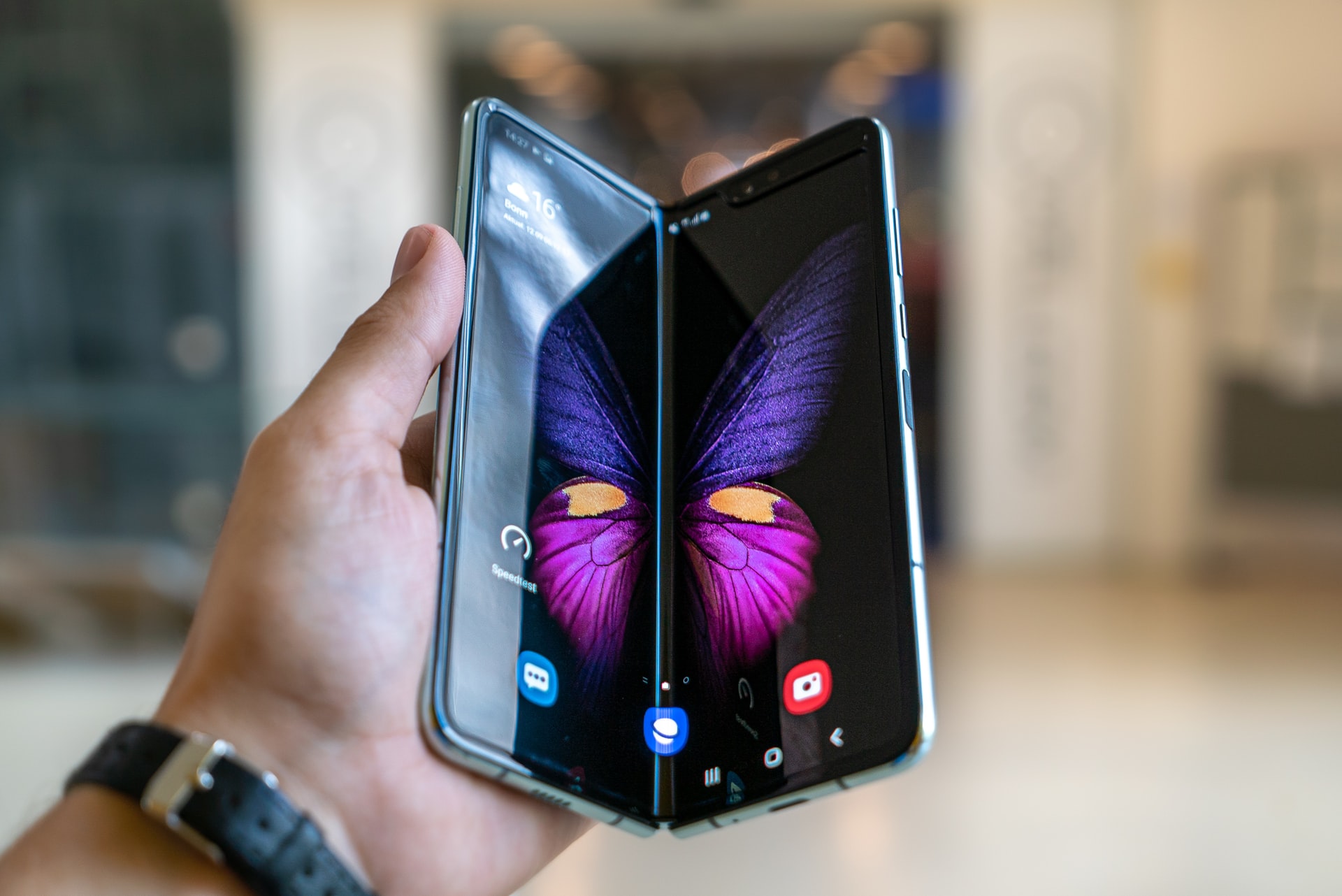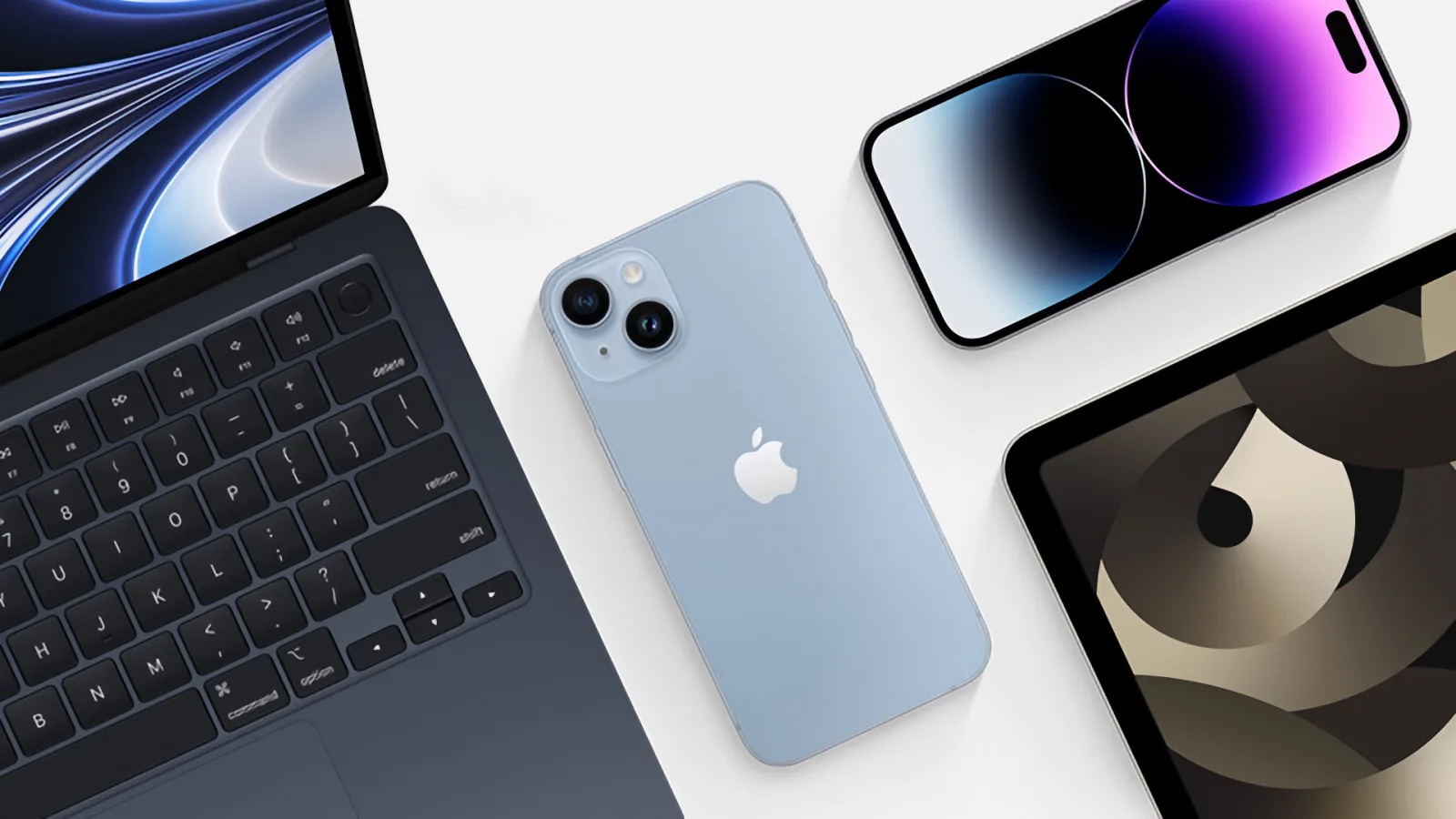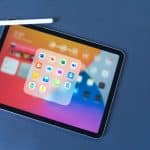Samsung has long been considered the unassailable leader in the global smartphone market, owing to its expansive portfolio ranging from budget to premium models. Apple, traditionally focused on the high-end market, has struggled to match Samsung’s voluminous output. However, the upcoming release of the iPhone 15 could rewrite this narrative.
Unlike Apple, which targets primarily the premium market segment with the exception of its mid-range iPhone SE, Samsung offers a broad spectrum of choices, spanning budget to flagship models. This diversification allows Samsung to reach a wider customer base and has been a cornerstone of its market strategy.
Despite that, Samsung reported a 12.4% quarter-over-quarter downturn for the Q2 period, partly attributed to global economic instability and increasing competition.

Furthermore, the brand’s flagship releases earlier in the year have lost some of their luster, putting pressure on the company’s performance.
In contrast, Apple typically sees a dip in its second-quarter production, a predictable outcome as it transitions between older and newer iPhone models. Production volume for this period was 42 million units, a drop of 21.2% from the previous quarter. Yet, annual projections indicate that Apple is in a neck-and-neck race with Samsung.
The potential turning point hinges on the success of the iPhone 15 lineup. If these models outpace market expectations, Apple could topple Samsung’s longstanding market leadership.

This prospect is bolstered by IDC’s recent analysis that forecasts a 1.1% growth in iOS shipments for 2023, reaching a historic market share of 19.9%.
Android, on the other hand, is expected to see a decline of 6.0%.













